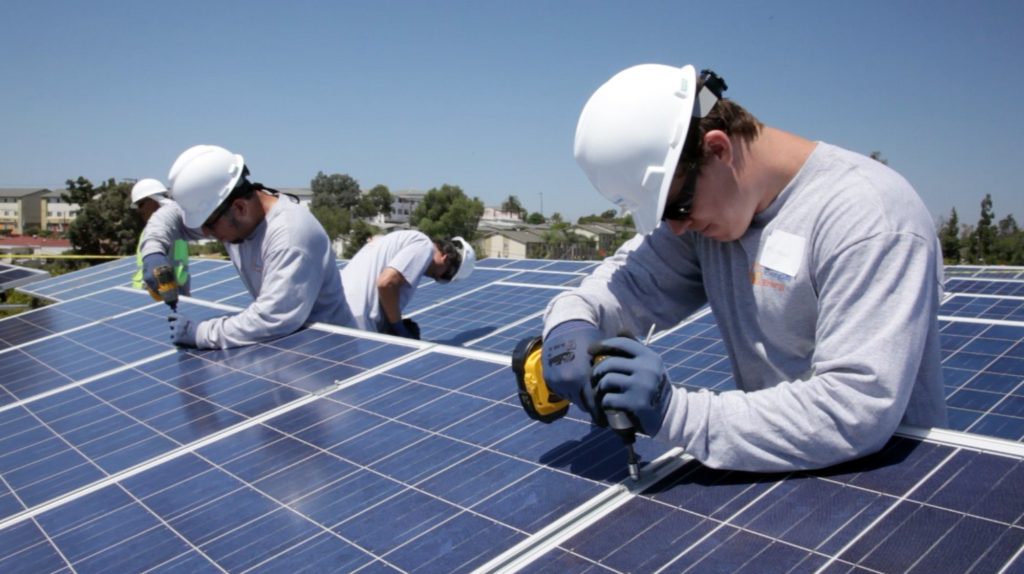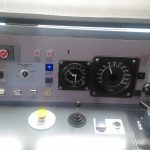Maryland is a state that is known for its beautiful coastlines, lush forests, and suburban neighborhoods. It’s also a state that is committed to clean energy and sustainability. With the rising cost of electricity and the increasing awareness of the impact of fossil fuels on the environment, more homeowners in Maryland are considering solar panels as a way to reduce their carbon footprint and save money on their energy bills. If you’re one of those homeowners, you may be wondering how to get started. This step-by-step guide will walk you through the process of Maryland Solar Panel Installation, from researching solar panel options to finding a qualified installer and securing financing. With this guide, you’ll be on your way to converting your home to clean, renewable energy in no time.
Introduction to the Benefits of Installing Solar Panels
Installing solar panels can be a great investment for your home or business. And Maryland is a great place to do it. Not only does it help reduce your carbon footprint by using renewable energy. But it can also save you money on your energy bills in the long run. Solar panels have become increasingly popular in Maryland due to the state’s generous incentives for renewable energy use.
The Maryland Energy Administration offers grants and loans to help cover the costs of installing solar panels. Making it more affordable for homeowners and businesses to make the switch. In addition, Maryland offers net energy metering. This means that if your solar panels produce more energy than you use. You can sell them back to the grid and receive a credit on your energy bill. By installing solar panels. You can not only save money but also help reduce your impact on the environment.
of installing solar panels. Making it more affordable for homeowners and businesses to make the switch. In addition, Maryland offers net energy metering. This means that if your solar panels produce more energy than you use. You can sell them back to the grid and receive a credit on your energy bill. By installing solar panels. You can not only save money but also help reduce your impact on the environment.
Check the Eligibility and Availability of Solar Energy in Maryland
Before you start installing solar panels on your roof, it’s important to check if your location is eligible for solar energy and what incentives and programs are available in Maryland.
The state of Maryland offers various incentives and tax credits to encourage residents to switch to renewable energy such as solar panels. One of the incentives is the Solar Renewable Energy Credits (SRECs) program, which allows you to earn credits based on how much solar electricity your panels produce. These credits can be sold to utility companies, providing you with some extra income.
Seek Professional Assistance
While installing solar panels may seem like a simple task, it is important to seek professional assistance to ensure that the installation process is safe and efficient. The right location for your solar panels and proper installation can help them work at their best. This is especially important in Maryland, where the weather conditions can be unpredictable and the installation process can be complex.
When choosing a professional to install your solar panels, it is important to do your research and select a reputable company with experience in solar panel installation. Licensing and insurance should be in place, and references should be available. They should also be able to answer any questions you may have about the installation process, and provide you with a detailed estimate of the costs involved.
Obtain the Necessary Permits and Approvals
Before installing solar panels on your property in Maryland, you’ll need to obtain the necessary permits and approvals. This ensures that your solar panel system is installed safely and correctly and that it meets state and local regulations.
The permit process can vary depending on your location in Maryland, so it’s important to research the requirements for your specific area. You’ll likely need to submit an application to your local building department and provide detailed information about your solar panel system, such as the size and placement of the panels, the weight of the system, and the electrical components.
In addition to local permits, you may also need approval from your homeowner’s association (HOA) or neighborhood association. Some HOAs have strict guidelines regarding the installation of solar panels. So be sure to review your association’s rules and regulations.
Choose the Best Solar Panel System for your Home or Business

Choosing the right solar panel system for your home or business is crucial to ensure maximum efficiency and savings. There are a few things to consider when making this decision.
Firstly, you need to take into account the size of your property and how much energy you consume. This will determine the capacity of your solar panel system. You also need to consider the orientation and angle of your roof. As this will impact the amount of sunlight your panels receive.
When it comes to choosing the type of solar panel system, there are two main options: photovoltaic (PV) and thermal. PV systems generate electricity by converting sunlight into energy. While thermal systems use the sun’s energy to heat water or air.
In addition, you also need to decide whether you want a grid-tied or off-grid solar panel system. Grid-tied systems allow you to sell excess energy back to the grid. While off-grid systems are completely self-sufficient and independent of the grid.
Installation Process
The installation of solar panels is a key step in converting to solar energy. Once you have selected the right installer and obtained the necessary permits, the installation process can begin.
The first step in the installation process is to prepare the roof. The installer will need to ensure that the roof is structurally sound and able to support the weight of the solar panels. They will also need to ensure that the roof is clean and free of debris.
Next, the mounting system will be installed. The mounting system is what secures the solar panels to the roof. The installer will need to ensure that the mounting system is level and secure.
Once the mounting system is in place, the solar panels can be installed. The panels are mounted to the mounting system using clamps. The panels will be connected to the inverter.
The inverter is a key component of the solar panel system. This device converts DC power from solar panels into AC power for use in your home. You usually install the inverter on your home’s exterior wall.
Connect Solar Panels to the Grid
Once your solar panels have been installed and connected to the inverter, it’s time to connect them to the grid. This is an important step in the process as it allows you to start generating power and selling any excess energy back to the utility company.
If you want to connect your solar panels to the grid in Maryland, you’ll need an inspection. You want to make sure it meets all safety requirements. Once your system has passed inspection. You can contact our company to begin the process of connecting to the grid.
Conclusion:
We hope you found our step-by-step guide to Maryland Solar Panel Installation helpful. Solar energy is a fantastic option for homeowners who want to reduce their carbon footprint, save money on their energy bills, you can take the necessary steps to get started with a solar panel installation in Maryland.


